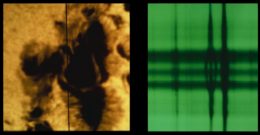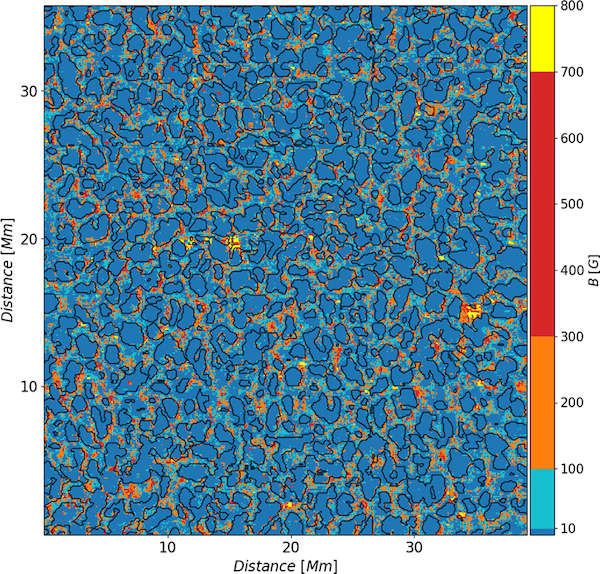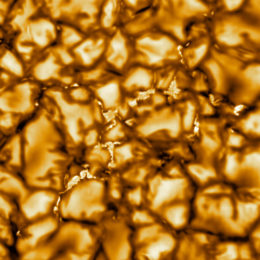Editor’s note: Astrobites is a graduate-student-run organization that digests astrophysical literature for undergraduate students. As part of the partnership between the AAS and astrobites, we occasionally repost astrobites content here at AAS Nova. We hope you enjoy this post from astrobites; the original can be viewed at astrobites.org.
Title: Mapping the Hidden Magnetic Field of the Quiet Sun
Authors: J. C. Trelles Arjona, M. J. Martínez González, and B. Ruiz Cobo
First Author’s Institution: Instituto de Astrofísica de Canarias (IAC), Spain
Status: Published in ApJL
The Sun’s magnetism holds the key to solving a well-known mystery: what makes the temperature of its outermost atmosphere, or corona, several hundred times hotter than its surface? When the Sun is not silent, we can observe and measure magnetic forces at work that produce sunspots, giant solar flares, and coronal mass ejections — fiery processes that can inject heat into the corona.
Over the past few years, the Sun has been at the quiet end of its cycle, displaying little or no surface activity. Yet the solar corona remains heated to over a million degrees even when the Sun is silent. Without the telltale signs of periods of high solar activity, measuring the surface magnetism that may be driving this heating is extremely difficult. In a new study, astronomers have now achieved this measurement using special techniques to analyze sunlight.
Solar Magnetic Cartography

Figure 1: An example of the Zeeman splitting of spectral lines of light coming from a sunspot due to its strong magnetic field. During phases of strong solar activity, sunspots can have magnetic fields as high as 4,000 Gauss, which is several thousand times stronger than Earth’s magnetic field. [NSO/AURA/NSF]
However, in the quiet Sun’s weaker magnetic fields, the Zeeman splitting is small and there are other physical processes that can contaminate its measurement. In order to distinguish these contaminations from the effects of the magnetic field, the researchers in today’s Astrobite studied high-resolution polarized light images from the GREGOR Solar Telescope by restricting the electromagnetic oscillations of sunlight to certain orientations.
This enabled the astronomers to obtain a high-resolution map of the variation in the magnetic field of the quiet Sun covering an area spanning roughly 112 times the landmass of the contiguous United States (Figure 2).

Figure 2: The map of the quiet Sun’s magnetic field. Dark blue regions overlap with granules and have weak fields, while their boundaries (red) have stronger magnetic fields. [Arjona et al 2021]
Revealing the Hidden Field

Figure 3: Granules representing plasma convective cells on the Sun’s surface. Each individual granule is roughly the size of Texas. [NSO/AURA/NSF]
Detailed studies of the Sun’s magnetism, both when it is roaring and when it is relaxed, are vital to make better models of the solar cycle and possibly predict the intensity of future solar storms that can threaten catastrophic damage to our telecommunications systems.
Original astrobite edited by Pratik Gandhi.
About the author, Sumeet Kulkarni:
I’m a third-year PhD candidate at the University of Mississippi. My research revolves around various aspects of gravitational wave astrophysics as well as noise characterization of the LIGO detectors. It involves a lot of coding, and I like to keep tapping my fingers on a keyboard even in my spare time, creating tunes instead of bugs. I run a science cafe featuring monthly public talks for the local community here in Oxford, MS, and I also love writing popular science articles. My other interests include reading, cooking, cats, and coffee.

